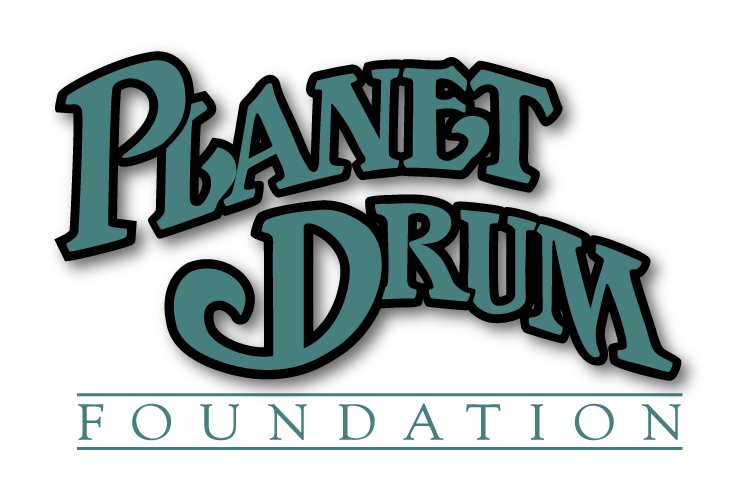Posts
September 20-October 6, 2010 The dry season work continues. A few light drizzles have kept the trees moist enough to avoid having to water. In fact, the trees planted this past year look healthy enough so as to practically not need any manual watering at all. This is promising for the potential expansion of the […]
Read MoreAugust 25-September 20, 2010 Work on the new site behind the greenhouse continues. It is a rather large site with many trails to clear with machetes. The trails weave through existing foliage and around the contours of the land, making as much of the terrain as possible accessible for planting. At the greenhouse, the seedbeds […]
Read MoreAugust 5-24, 2010 We began breaking ground on the first revegetation site for the upcoming rainy season, 2011. The site is located on the hillside above the greenhouse and University Catolica. It is a large site that connects the space between a 2008 revegetation site with a site planted by Heather Crawford in 2005, which […]
Read MoreJuly 21 – August 4, 2010 While it remains somewhat humid, the dry season is noticeably creeping in. Plants and foliage are making their annual transformation from green to brown, yet the occasional precipitation helps out the trees we’ve planted. Volunteer traffic has been light, but hovers around 2-4 volunteers at a time. There’s Elodie, […]
Read MoreMidterm reports – English(Click here for Spanish/Español)Group C, Margarita Plager-Unger Photos below. May 12th, 2010Theme – Bioregions The first day was a new experience for everyone. On the faces of the children I could see curiosity, happiness and uneasiness because many did not know what bioregionalism is or why they were there. One student immediately grabbed my […]
Read MoreBioregional Education Program Progress Report 2010Group B Profesor: Nadine FlexhaugAssistant: Roberto Rodriguez Photos below. The students began to arrive to the first class and the start of the new year in the Bioregional education program with excitement and anticipation. The students were enthusiastic about the excursions to come, meeting their professors, and to hear about all the […]
Read MoreRamon CedeñoProfessor – Group ABioregional Education ProgramPlanet Drum Foundation Midterm Report – English(Click here for Spanish/Español)July 6th, 2010 We have now begun the classes with new teachers and class assistants. It’s normal for everyone to see the many happy faces of young students, who are part of the change that we want. It’s beautiful to see […]
Read MoreJune 8 – July 2, 2010 Although the dry season weather has set in, there are still significant quantities of moisture floating around. It’s chilly and overcast most of the time; the sun only comes out occasionally. But despite this, it also sprinkles every once in a while. Some have described it as an invernillo, a […]
Read MoreMore Bioregional Education Photographs June 2010 Note: Click on photos for larger image Ramon’s Class.6/2/10 Ramon’s Class.6/2/10 Ramon’s Class.6/2/10 with other 2 classes. Ramon’s Class.6/23/10 Ramon’s Class.6/4/10 Ramon’s Class.6/4/10 Ramon’s Class.6/4/10 Ramon’s Class.6/4/10 Ramon’s Class.6/11/10 Ramon’s Class.6/16/10 Ramon’s Class.6/18/10 Ramon’s Class.6/18/10 Ramon’s Class.6/18/10 Ramon’s Class.6/18/10
Read MoreMay 3 – June 4, 2010 Time must go by too quickly because now I’m two weeks behind schedule on my reports. A lot has happened though, so maybe that’s related. As usual, we keep trying to progress and improve with every step we take. The volunteer force has faded with the rains, both of […]
Read More